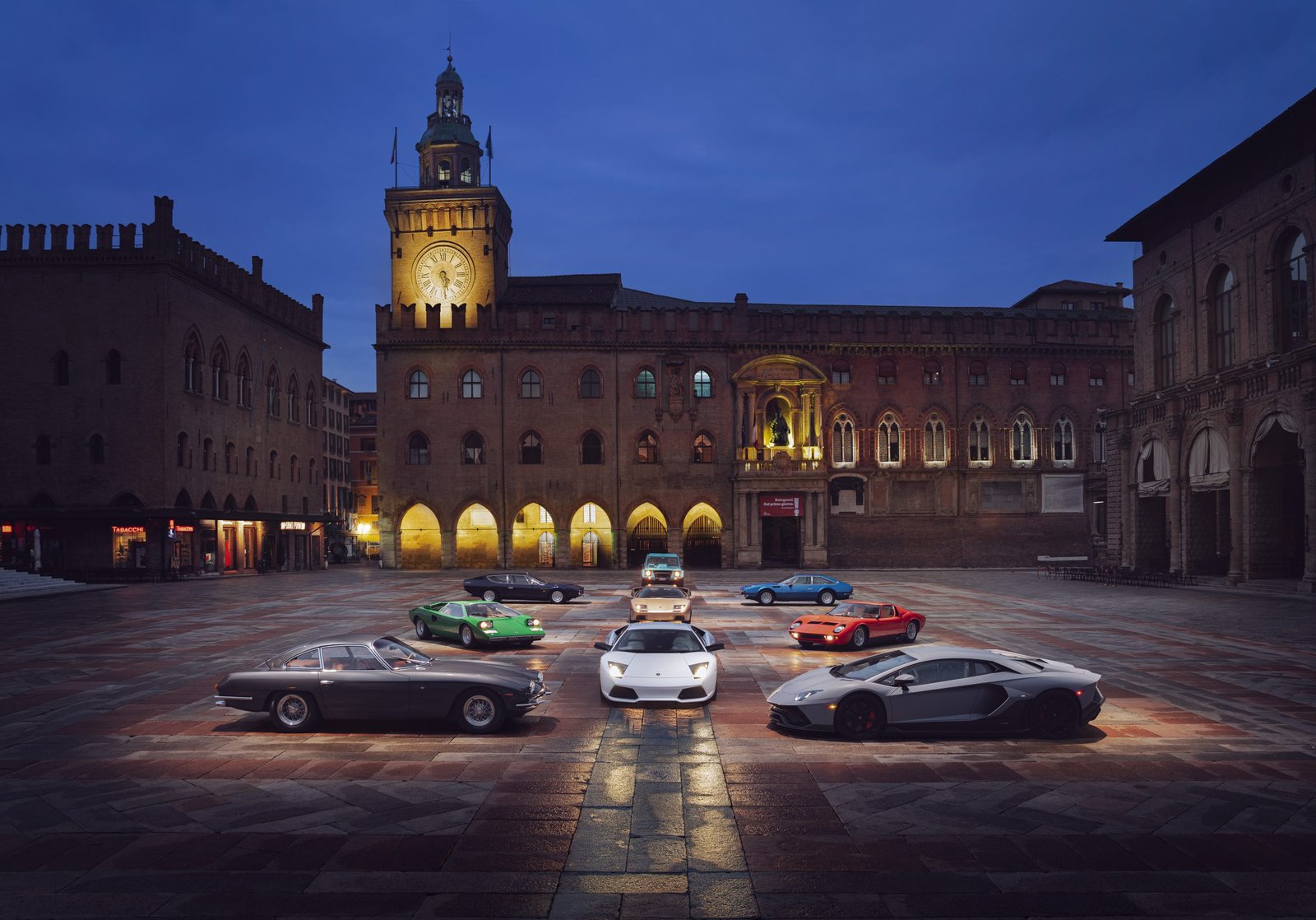Sant’Agata Bolognese, January 18, 2023 – Since 1963, the naturally aspirated V12 engine has been at the heart of Lamborghini’s most prestigious product lines; In fact, only two supercar designs have been created so far. The first actual racing engine made more “civilized” for street use was designed by Giotto Bizzarrini. He made his debut in the first Lamborghini, the 350 GT. A second engine, developed from scratch but with the same basic technical concepts, was introduced in the 2011 released Aventador1. It was a significant technological step for the company and set new standards for performance and reliability.

The first engine underwent a significant number of modifications and improvements over its lifetime to increase performance and then significantly reduce fuel consumption and emissions. The engine was used in various positions between 1963 and 2010. It was first installed at the front of the 350 GT, 400 GT and Espada. It was developed using aluminum for the cylinder heads, crankcase and pistons, reducing the weight to 232 kg. The engine was then used in the Miura in a 90 degree transversely rotated rear-mid engine layout. It was then rotated another 90 degrees to a center-rear longitudinal position, starting at the Countach, to even out the weight distribution.
As engine size increased from 3.5 liters in the 350 GT to 6.5 liters in the Murciélago, reducing engine weight became increasingly necessary. To achieve this goal, new materials and technologies were introduced to lower the engine into the chassis. Today, the V12 is the beating heart of Lamborghini’s Aventador, Sián and Countach LPI 800-4, as well as the Essenza SCV12, the race car it produces 830 hp.
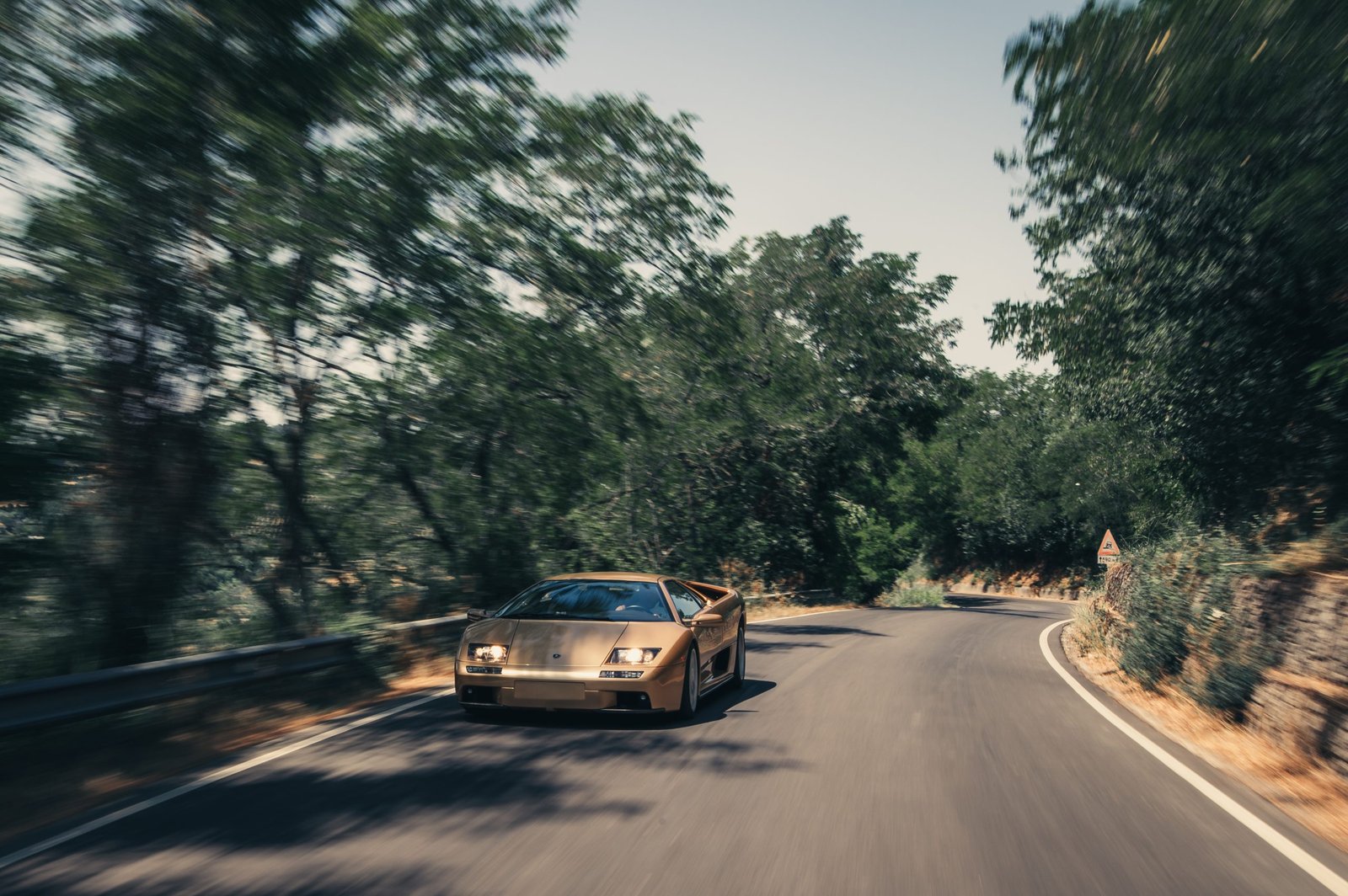
The start of a spectacular heritage
Since its introduction, the V12 engine has been considered the most refined and prestigious power unit, especially since it was installed in Lamborghini. Bizzarrini created the V12 engine that would launch the company into the world of racing. Instead, Ferruccio Lamborghini decided to turn it into a production engine for his new model, starting a lava business that continues to this day.
“The Lamborghini story was born with the V12,” said Maurizio Reggiani, former Chief Technical 0fficer at Lamborghini. “lt is clear that in the 1960s, the V12 represented the pinnacle of technology, luxury and sportiness of every car.”
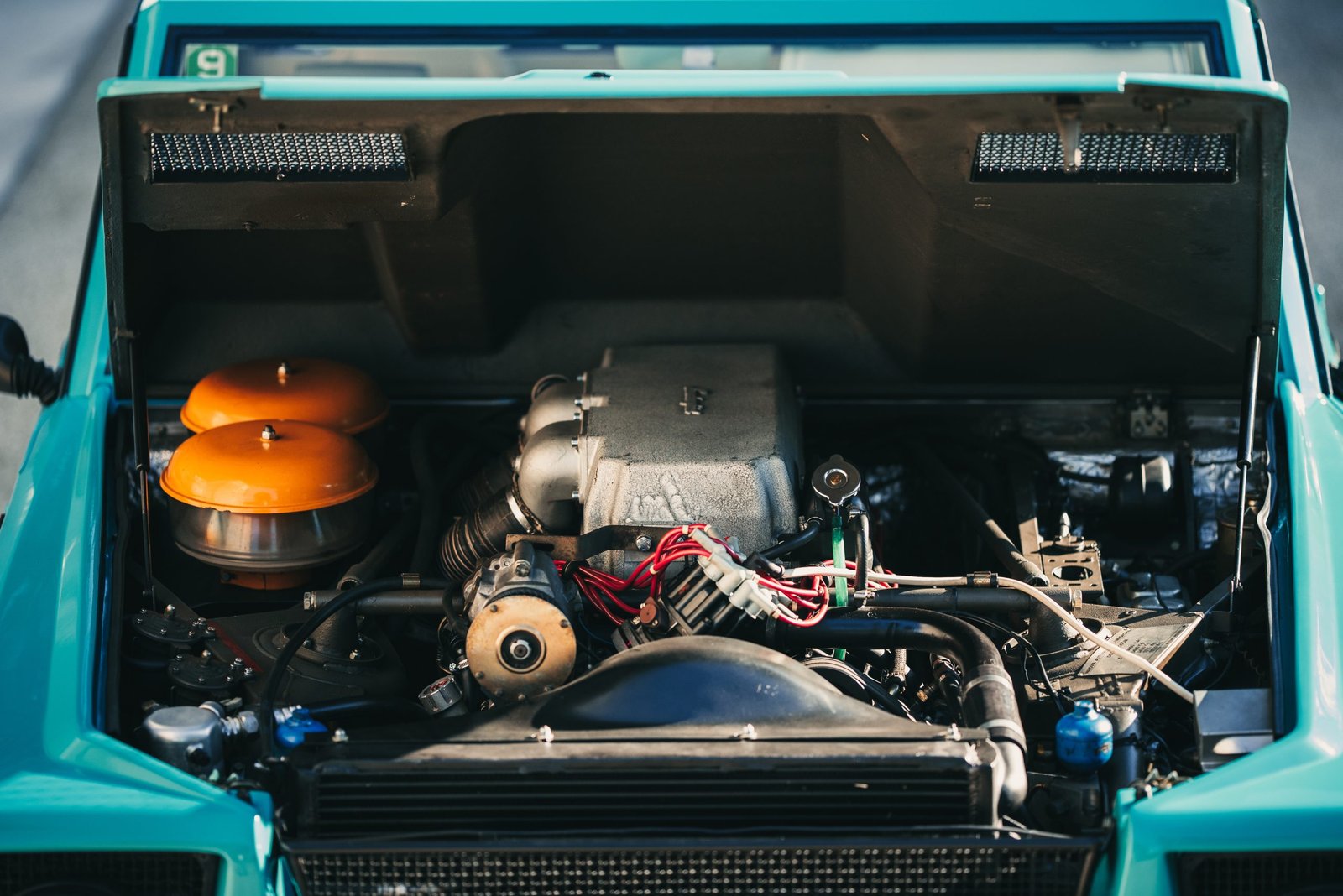
1 Fuel consumption and emission values of all Aventador models; Fuel consumption combined: 18.0-18,0 l/100km (WLTP); C02-emissions combined: 448-442 g/km (WLTP)
After the 350 GT and its variants, the V12 was fitted to the Miura in 1966, the Countach in 1971 and the Diablo in 1990 before finding its final place in the Murciélago. The versatility of the engine was demonstrated when engineers fitted a 5.2-liter version of the LM 002, Lamborghini’s first Super SUV, in 1986. A one-of-a-kind special edition of the LM 002 was also produced, with a 7.2 liter V12 700 hp engine commonly used in offshore racing motor boats.
A radical change of thinking
The solution, designed for the first time in engines for production vehicles, with a double overhead camshaft per cylinder bank, made it possible to increase the V-angle of the engine and thus lower the center of gravity. A transverse mid-engine rear layout was chosen for the Miura to achieve better weight distribution and shorten the car’s wheelbase. The gearbox and differential case have been integrated into the powertrain, helping to make the overall design of this iconic supercar more compact.
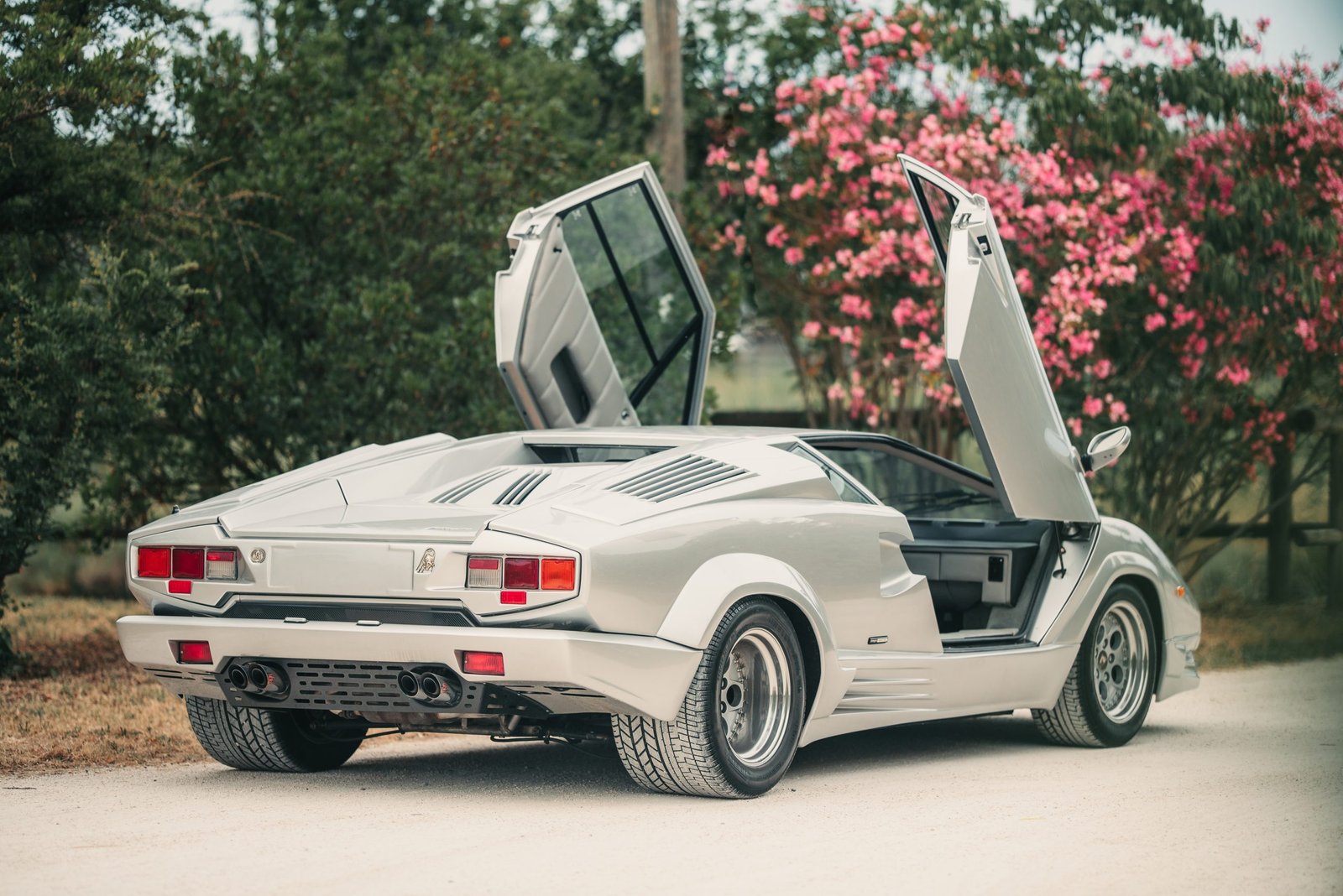
Weight distribution is key
To further improve weight distribution for the Countach, the design team used the same engine but moved it to a middle rear position and rotated it an additional 90 degrees, basically 180 degrees from the first 350 GT. The gearbox was installed in front of the engine, almost “in the cockpit”. In the latest version, the displacement of the Countach has increased to
5.2 liters. For the 1986 model year, the V12 engine found in the Countach was also homologated for the US market. This milestone was achieved with electronic fuel injection, which replaced carburetors in markets where environmental regulations were more stringent.
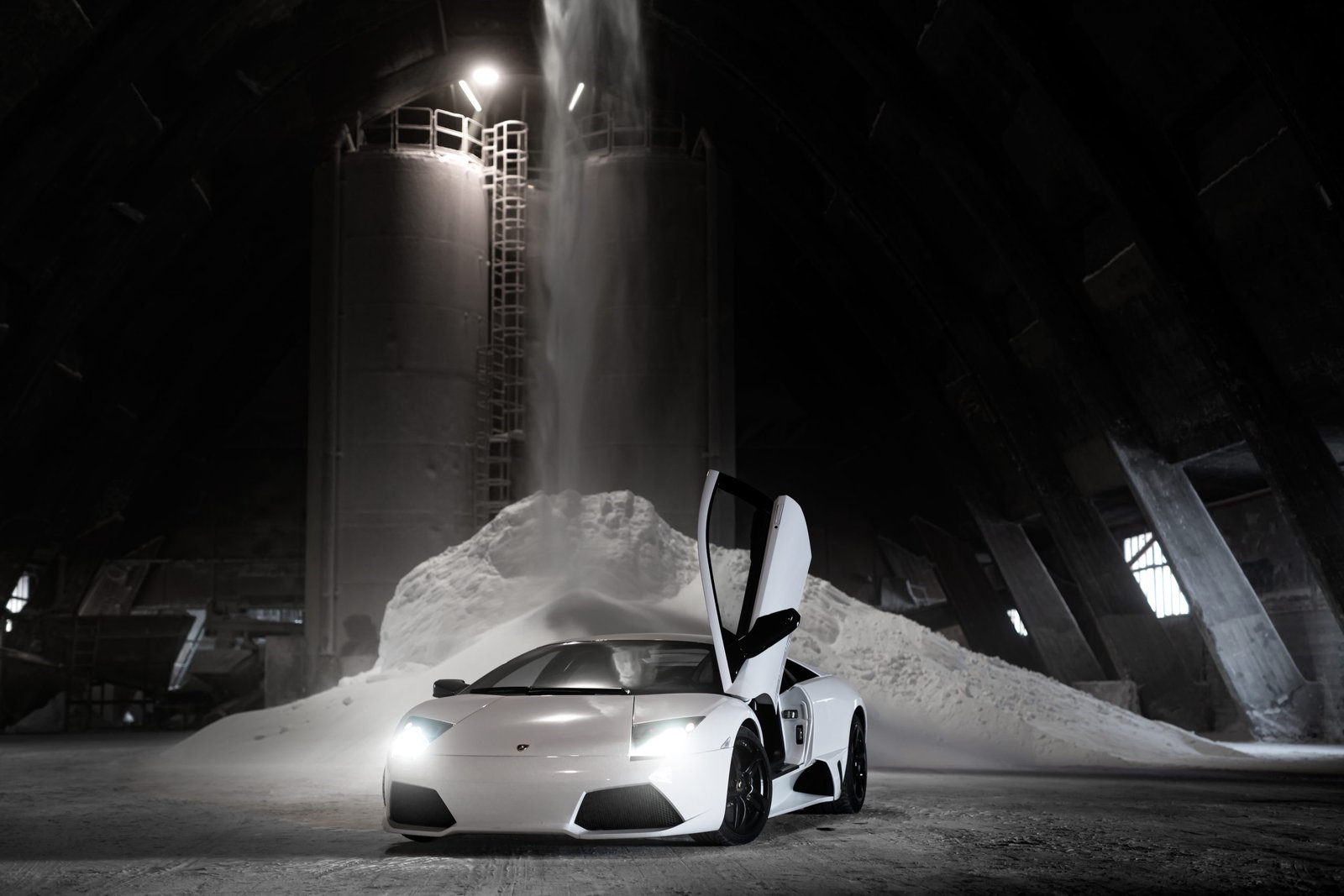
“With the increased capacity, the engine became longer, and that meant having to move the center of gravity toward the rear of the car,” said Reggiani. “This made it more difficult to drive, and you had more oversteering effect. The layout was revolutionized, using the engine to move the center of gravity. The Countach engine is real/y the first in a generation of engines that are sti/1 here toda y in terms of powertrain layout and position in the car.”
Meeting the demands of four-wheel-drive
In 1985, began development of the V12 engine for use in the new Diablo super sports car, which made its debut in 1990 with a displacement of 5.7 liters and 492 hp. at 6800 rpm. With its VT version introduced in 1993, the Diablo was the first Lamborghini supercar to also be available in an all-wheel drive version. The Diablo SV-R, on the other hand, was built to compete in the Super Sport Trophy that debuted as a support vehicle at the 1996 24 Hours of Le Mans. 32 Diablo SV-R’s took part in Lamborghini’s biggest racing program ahead of the Super Trofeo in 2009.
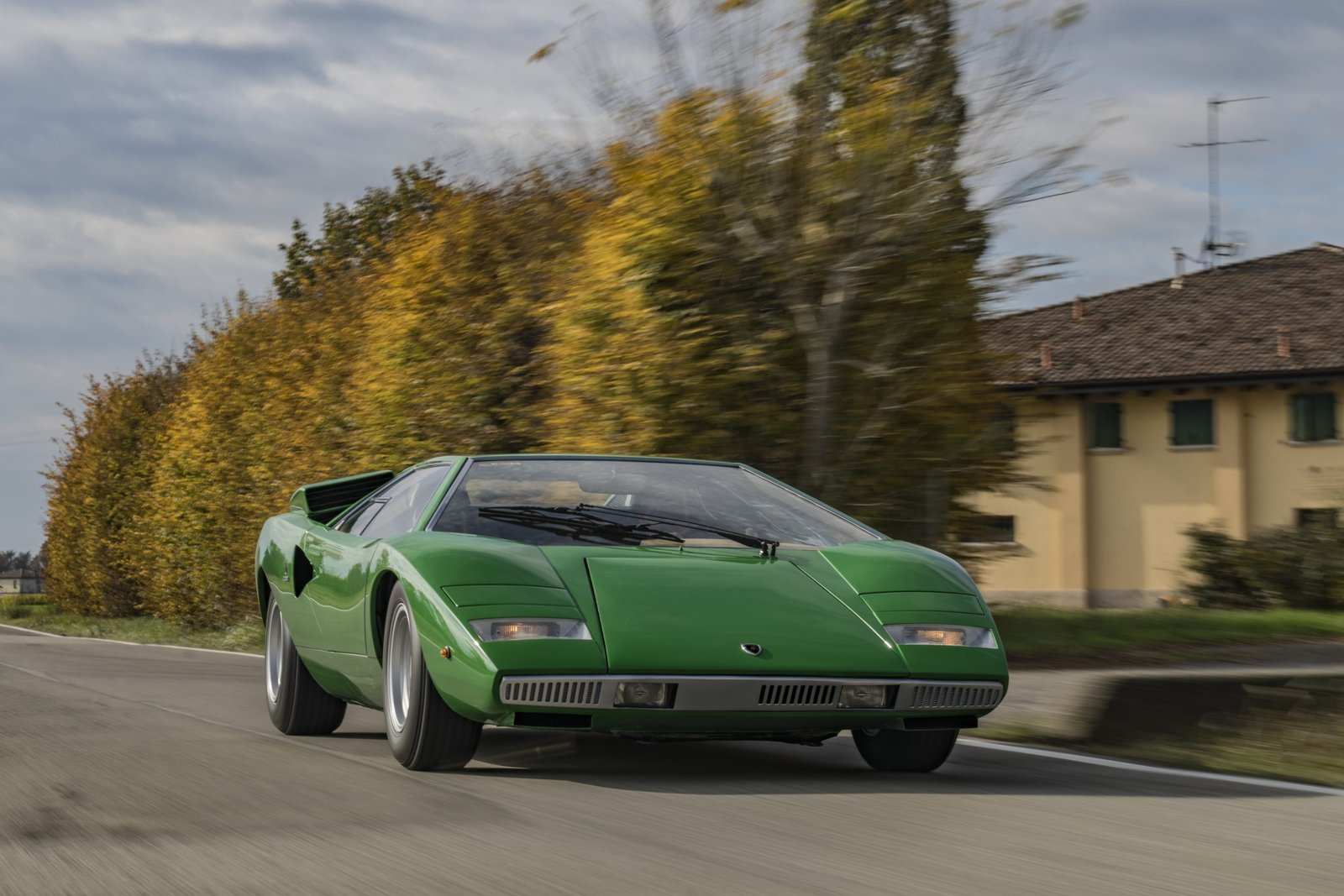
The 1998 Diablo GT, essentially the first Diablo model to incorporate styling cues from the second generation that debuted in 1999, brought other major technical improvements to the engine. Of particular note is the use of a separate throttle body for each cylinder, a choice dictated by the desire to improve engine response. The change was significant and
futuristic considering similar technology is incorporated into the new Huracán GT3 that will be racing in 2023.
New challenges with the advent of Murciélago
A period of upheaval began when Audi took over a majority stake in Lamborghini. The new owners recognized the need for Lamborghini to retain its individuality and exclusivity. “We were able to create a relationship between Audi and Lamborghini that set limits but a/so respected needs,” said Reggiani. “Right from the start, Audi understood what it could ask of Lamborghini and what it could not, creating a balance that allowed both companies to improve by promoting their differences. The specificity of Lamborghini, perceived by both the shareholders and the other brands in the group, has been one of the keys to our success. What we were able to demonstrate with the development of the V12 gave us the confidence that enabled us to fine-tune the V10 that debuted on the Gallardo and to develop al/ our other products in a distinctly Lamborghini way.”
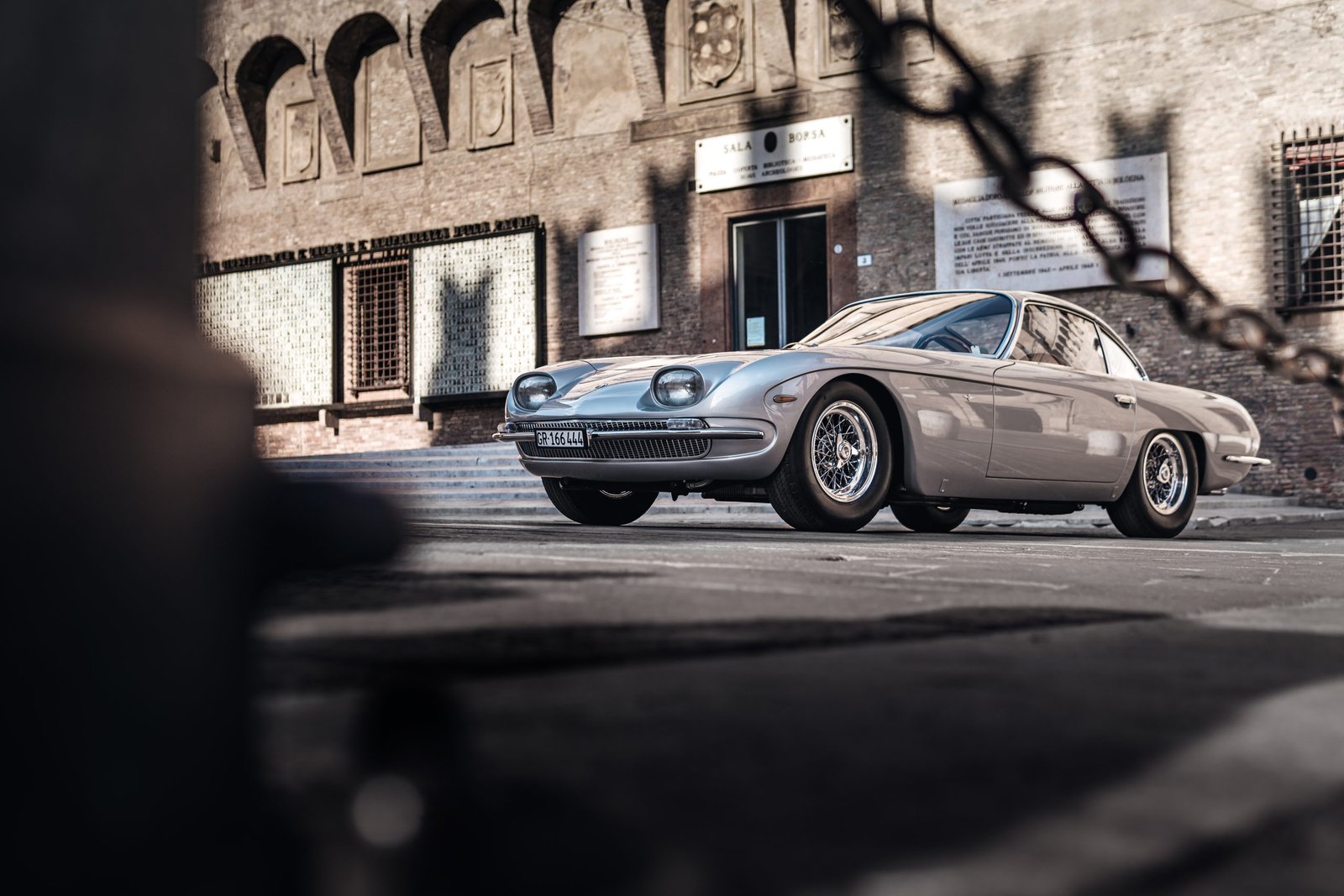
Under the new owner, the evolution of the V12 was approached differently. From achieving high power output, the focus shifted to volumetric efficiency to meet increasingly stringent regulations. An example is the Murciélago, which was introduced in 2001 with a 6.2-liter, 580 hp V12 engine. It was modernized in 2007, its volume increased to 6.5 liters and was able to develop an impressive 670 hp. In addition, the car was 100 kg lighter and the engine, which had been upgraded in several areas, was equipped with dry sump lubrication with oil circulation using scavenging pumps. This allowed Lamborghini to reduce the distance between the crankshaft and the bottom of the car, resulting in improved handling.
Developing a V12 engine for the Murciélago helped Lamborghini find its place in the Audi realm, but it was the decision to design a new V12 from scratch after 45 years that allowed Lamborghini’s designers to aim new and take advantage of new opportunities.
Clean-sheet design for Aventador
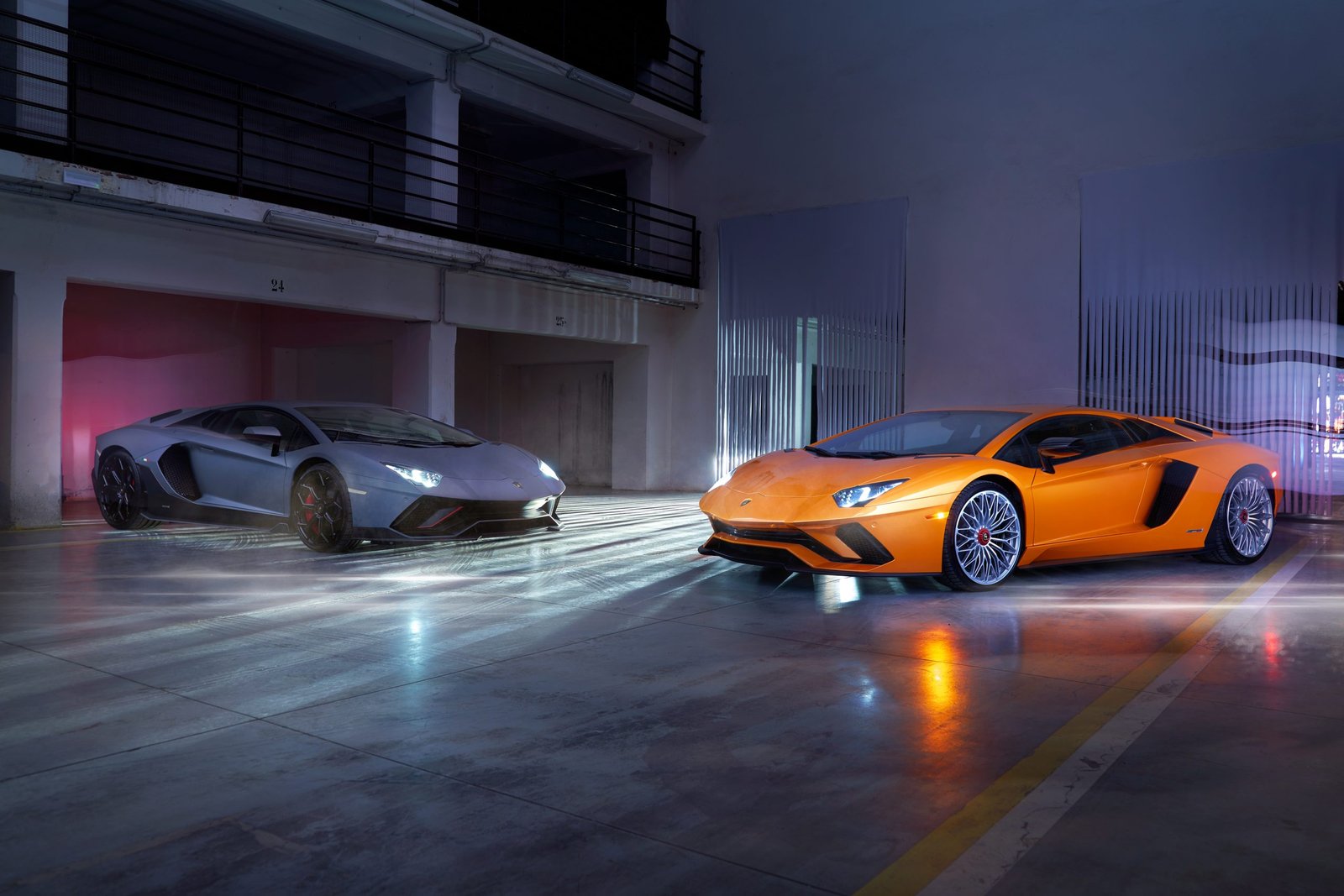
“When you design an engine from scratch, what you have to consider from the outset are the boundary conditions that you have to be able to sustain in every field of use and from every point of view,” said Reggiani. “Far Lamborghini, the Aventador was like a dress rehearsal to prove that we could achieve power, weight, and performance, but a/so the reliability that was required of us by the Group. The results speak far themselves. We sold roughly double the number of cars that were estimated initially, and this is a good indicator of the success the Aventador has enjoyed. Despite the modifications and improvements made over the years, from the engineering point of view the engine is exactly the same.
“When we started working on the Murciélago, we had 6.2-1iter engines andan average of 620-640 hp. With the Aventador, we started with 6.5 liters and 700 hp, knowing that, over the expected life of the model, the power would have to increase by at least 10 percent, so it was a big challenge. We a/so had to take into account the Euro 5 emission standards and the fact that, far this first project of a new Lamborghini engine under the Audi umbrella, we had to meet al/ the requirements mandated by the Group.”

